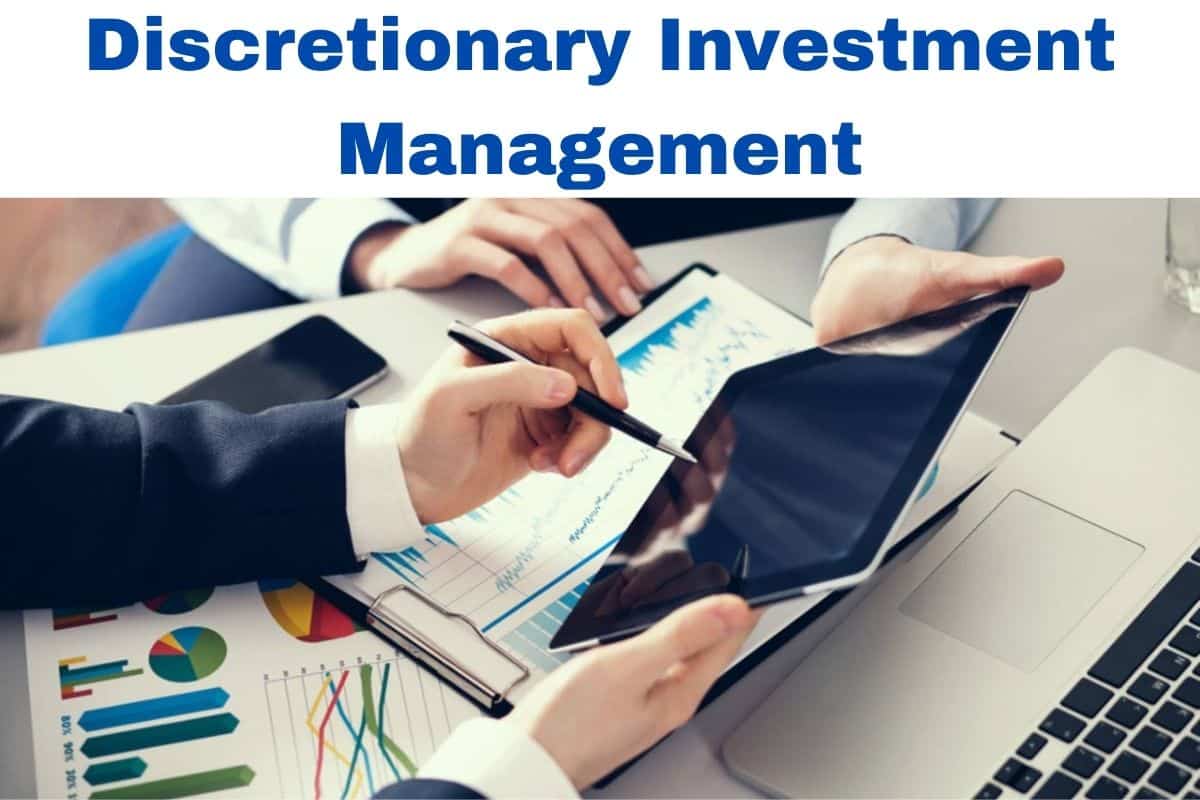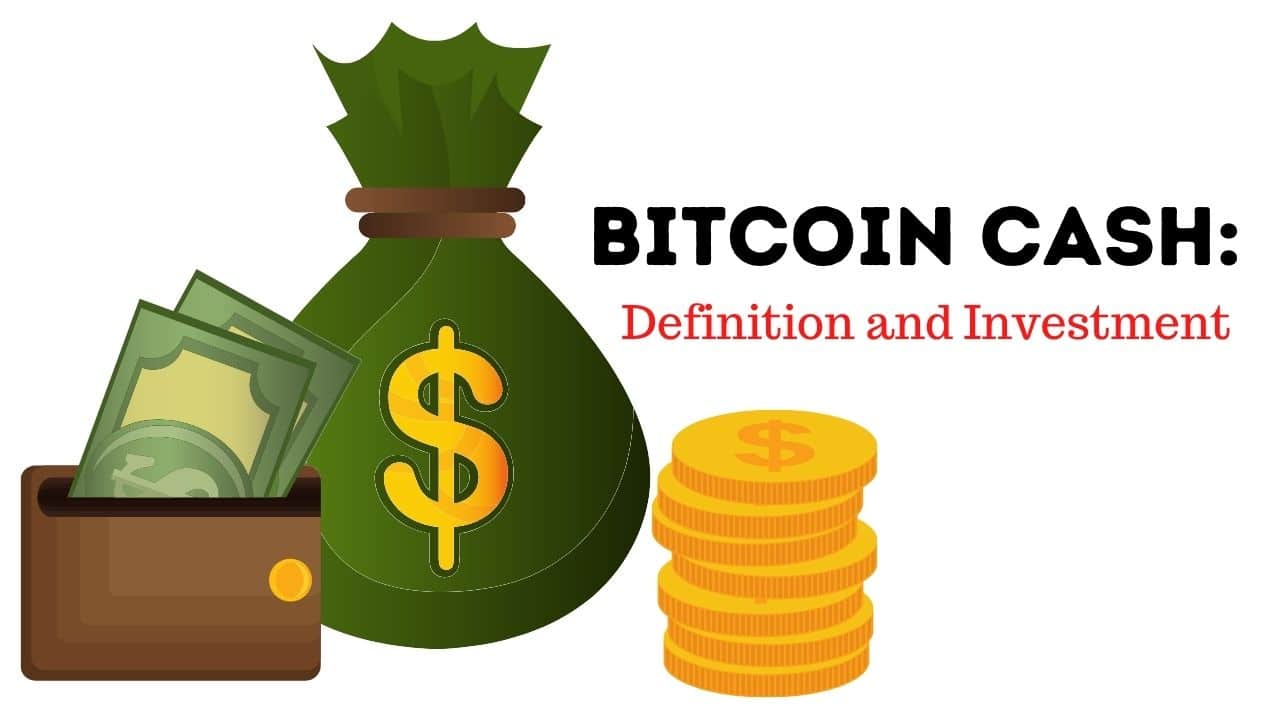Are your investments dispersed throughout multiple locations? Are your 401(k) plans, trading accounts, and savings accounts all at various financial institutions? If this is the case, you will most likely receive distinct updates on the status of the accounts, which can be confusing. It’s also difficult to tell where you stand in terms of net worth.
Some investors utilize investment portfolio management software to assist them deal with this issue. Dealing with this type of software can be simple in some situations, such as for individual investors. Here we’ have a review of best free and paid investment and stock portfolio management software in 2023.
What is Portfolio Management Software?
Portfolio management software is a web-based or mobile application that collects data from your many investment accounts. Many people have multiple investment accounts, such as IRAs, 401(k)s, and taxable brokerage accounts. These apps provide a comprehensive view of your whole investment portfolio across multiple accounts.
Best Portfolio Management Software In 2023
We’ll start with free portfolio trackers and investment management software for people, then move on to paid investment and stock portfolio trackers. Asset allocation software is embedded in many of the platforms to keep your investments in line with your goals and risk tolerance.
The best portfolio analyzer is one that fulfills your portfolio management, tracking, and budgeting requirements. We’ll go over investment portfolio management software that can handle stock tracking, ETF tracking, and mutual fund tracking.
#1. Personal Capital
Pricing: Free
Personal Capital is one of the best portfolio and investment management software programs available. The free and simple portfolio management software lets you to track and manage your money across all of your financial accounts, including your 401(k), individual retirement account, investment accounts, bank accounts, and credit card accounts, in one spot.
Features:
- Savings and retirement planning to assist you in meeting your retirement objectives.
- Budgeting software that allows you to manage your spending by date, category, or merchant.
- Cash-flow tracker for 30 days.
- Use an education planner to estimate how much money you’ll need to cover education expenses.
The Investment Checkup tool analyzes and compares your current investment portfolio allocation to the ideal aim, allowing you to minimize risk and optimize profits.
#2. Quicken Premier 2023.
Annual cost is $77.99.
The software, like Personal Capital, syncs all of your accounts to provide a comprehensive view of your investments in a single dashboard. Quicken Premier allows you to check balances, budgets, accounts, search transactions, analyze spending trends, and track the performance of your assets over time, allowing you to maximize your investments and even decrease your taxes on investments, making tax investment easier. One of the most appealing features is an online app that allows you to manage your money on the go via desktop, web, and mobile.
Features:
- Create stock watch lists quickly and easily to capitalize on prospective opportunities.
- To understand genuine market returns, consider all investment costs together.
- Register transactions can be exported to Excel.
- Quicken reports can be emailed directly from the program.
- Bill Pay “favorites” can be added to the Bills dashboard.
- All of your reminders are displayed in a single Bills dashboard.
- Update Tax and mileage rates.
#3. Morningstar Portfolio Manager
Price:
- The Basic version is completely free. It has minimal functionality but is appropriate for new investors.
- The Premium version is available for a 14-day free trial. If you decide to continue, the cost is $29.95 per month or $199 per year.
This portfolio manager and analyzer allows investors to import or manually enter each investment into its Portfolio Manager tool. You can use the tool to keep track of your investment portfolio, make watchlists of possible possibilities, and assess your investment approach.
Features:
- Investment tracking for all stocks, bonds, and cash, including price, percentage change, share information, market value, asset allocation %, and Morningstar fund rating. A portfolio analysis report is included in the Premium version.
- The Morningstar X-Ray tool displays the overall status of your investments, including asset allocation, stock sector, and stock type. The Premium version includes a comprehensive analysis.
- The Premium subscription includes fund and stock screening, as well as fundamental analysis.
- Financial ratios, portfolio X-Ray interpretation with style, and expenditure analysis
#4. Mint
Pricing: Free
The Mint personal finance app is free, easy to use, and provides basic features for new investors. It, like Personal Capital and Quicken, provides a consolidated view of all your money (cash, credit cards, investments, and bills). Mint distinguishes itself with customizable features such as personalized insights, unique budgets, spend tracking, and more.
Features:
- Personalized MintsightsTM that notify you of any missing savings.
- Budget planner with personalized goals to help you improve your spending habits.
- Overdraft protection and bill tracker alerts
- Your credit score is available to you for free, 24 hours a day, seven days a week.
#5. Kubera
Price: $1 for a 14-day trial, then $15 per month or $150 per year.
Kubera, dubbed “the world’s most modern portfolio tracker,” is ideal for experienced investors seeking greater transparency into their investments. The crypto component of Kubera is what makes it “contemporary,” as it allows you to track and verify the newest value of your crypto as well as traditional assets. Because it is as simple to use as a spreadsheet, this portfolio manager covers global banks, brokerages, stocks, and currencies.
Features:
- Stock portfolio tracker that lets you connect your online brokerage accounts or add stock tickers to see their current values.
- Tracking of cryptocurrency assets. Kubera supports DeFi assets on a variety of chains, including Ethereum, BSC, and Polygon.
- Account tracking software that links to over 20,000 banks globally.
- With the most recent market data, you can track the worth of your home and automobile, as well as metals and domains.
#6. StockRover
Price: There are three paid plans free: Essentials, Premium, and Premium Plus. Each paid plan provides a different set of features at a different price.
- Essentials are $7.99/month or $79.99/year.
- Premium ($17.99/month or $179.99/year)
- Premium Plus costs $27.99 per month or $279.99 per year.
The StockRover Portfolio Manager’s advanced analysis tools offer it another viable option for those in need of a more thorough and deep review of their investment portfolio. To examine your portfolio, you can connect your brokerage data, enter it manually, or utilize a spreadsheet. Accounts supported by StockRover include Charles Schwab, Fidelity, Vanguard, TD Ameritrade, E*Trade, and others.
Features:
- To make investment decisions, compare portfolio performance to specified benchmarks.
- Brokerage integration is quick, simple, and safe with over 1000 brokerages enabled.
- Automatic daily, weekly, or monthly reports on the performance of your portfolio or watchlists, including any stocks for which you have set buy or sell target prices that have met those targets.
- Detailed portfolio metrics for every time period, including risk-adjusted return, volatility, beta, IRR, Sharpe Ratio, component performance, and more.
- Future income tool that forecasts your portfolio dividend income from the current date ahead on a monthly basis.
Methodology
Our list of the best investment apps for portfolio management takes into account the demands of a wide variety of investors, from novices to seasoned stock pickers. We looked at a variety of investment applications and chose those with low or no fees and outstanding functionality. The apps are separated into two categories: those aimed for new investors who want basic capabilities and those designed to suit the sophisticated needs of experienced investors who want extensive analytical tools.
What is the Best Portfolio Management Investment Software?
Your financial goals and level of experience will determine which investing software is best for portfolio management. New and hands-off investors, for example, have different requirements than seasoned, hands-on investors. The best app will provide you with a complete picture of all your investments, regardless of which account they are held in. It should be noted that online brokerage accounts typically provide portfolio management tools with more limited capability.
What is Investment Portfolio Management Software?
Investment portfolio management software assists investors in managing and monitoring their investments. Users can maintain all of their portfolio information on a single platform rather than checking different programs to view their assets. 401(k) plans, savings accounts, mutual and exchange-traded funds, individual stocks, bonds, and individual retirement accounts are all examples of portfolios (IRA).
These software applications contain valuable accounting and reporting capabilities that ease the process for the user, such as personal finance, budgeting, and goal planning sheets, in addition to providing a snapshot into the present state of your or your clients’ net worth. They are often used by wealth management professionals to design and track their customers’ portfolios, but they are also available to individuals looking for a centralized platform for their own usage. Individuals using these platforms should look for software programs with simpler features that do not have as steep a learning curve as those used by wealth management experts.
The average person now has multiple types of investment accounts, thanks to increasingly educated and knowledgeable investors. This makes tracking, particularly by hand or spreadsheet, extremely difficult. Furthermore, investment portfolio management software automates key operations like as capital transfers, order placement, and current market analysis breakdowns. This software is also known as wealth management software, stock portfolio management software, and fund administration software.
Features of Investment Portfolio Management Software
Investment Portfolio Management Software often includes the following features:
- Client interaction
- Client management
- Secure share capital statements, client/board portal
- Accounting for funds
- Money management
- Workflow for approval
- Dashboards that can be customized for financial reporting and summary data
- Module for Financial Analytics
- Portfolio optimization for investments
- Management of regulatory compliance
- Reporting on compliance
Comparison of Investment Portfolio Management Software
Some significant elements to consider while selecting the best investment portfolio management software product are:
#1. The ease of use.
User interfaces and client portals in more complex packages may be more difficult. As a result, make sure that the amount of time required to understand the ins and outs of the product you choose is appropriate for your specific use case.
#2. User Needs
While the majority of the products are beneficial to overall asset management, some may be tailored at salespeople rather than portfolio managers. Market analysis and asset performance, for example, may not be as important for salesmen but are incredibly valuable for wealth management professionals. Make certain that the software is tailored to your exact requirements.
#3. Pricing Specifics
The cost of investment portfolio management software varies according to the features and capabilities desired. For basic products, expect to pay between $50 to $300 a month, per person. Pricing for more complex goods and features, such as risk management systems, should range between $600 and $1500 per month per user. Some products will provide a discount if paid annually. Typically, vendors provide a free trial period.
What Should You Look for in a Portfolio Management Investing Software?
Linking to a wide range of financial institutions that hold your accounts, such as checking and savings accounts, credit cards, and loans, is a feature to look for in an investing app for portfolio management. The best apps provide a high-level view of all holdings across accounts, as well as the option to monitor performance information for all of your investments in one location.
Are Investment Apps for Portfolio Management Safe?
The platforms mentioned above follow the same stringent security protocols as your bank or brokerage. Two-factor authentication, encryption, and third-party security mechanisms are all included.
Conclusion
The best portfolio management software is determined by your position and objectives. Someone else’s portfolio management software may not be the best answer for you. Before making any purchases, make sure to thoroughly research each choice. Consider taking advantage of any offered free trials as well.
Portfolio Management Software FAQs
What are the 4 types of portfolio management?
Active, passive, discretionary, and non-discretionary.
How do I organize my investment portfolio?
First, evaluate the best asset allocation strategy for your investment objectives and risk tolerance. Second, choose the specific items that will comprise your portfolio. Third, keep track of your portfolio’s diversification by checking to see how the weightings have changed.
Can I manage my own investment portfolio?
You can undoubtedly manage your investments and rebalance your portfolio on your own. However, some people lack the time, lack confidence in their abilities to learn what they need to know and complete the necessary activities, or simply do not want to deal with it.
Related Articles
- PORTFOLIO MANAGEMENT: Definition & Everything You Need To Know
- How to Start Your Very Own Web Design Business
- WHAT IS GROWTH INVESTING: A Beginner’s Guide To Growth Investing
- PROJECT TRACKING SOFTWARE: Reviews of Top 25 Project Tracking Software
- TAXABLE BROKERAGE ACCOUNT: Understanding Taxable Brokerage Account And How It Works






